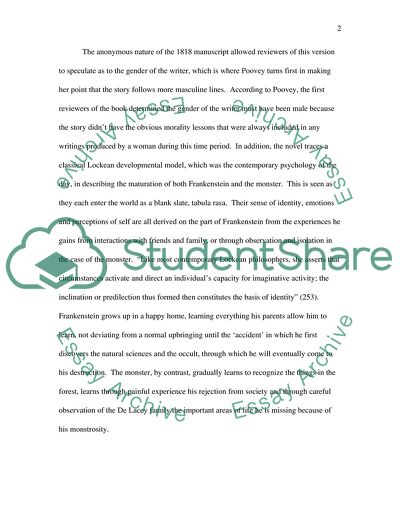Cite this document
(“Analysis of Mary Pooveys Lady and the Monster Essay”, n.d.)
Analysis of Mary Pooveys Lady and the Monster Essay. Retrieved from https://studentshare.org/literature/1539227-analyzing-a-critical-essay
Analysis of Mary Pooveys Lady and the Monster Essay. Retrieved from https://studentshare.org/literature/1539227-analyzing-a-critical-essay
(Analysis of Mary Pooveys Lady and the Monster Essay)
Analysis of Mary Pooveys Lady and the Monster Essay. https://studentshare.org/literature/1539227-analyzing-a-critical-essay.
Analysis of Mary Pooveys Lady and the Monster Essay. https://studentshare.org/literature/1539227-analyzing-a-critical-essay.
“Analysis of Mary Pooveys Lady and the Monster Essay”, n.d. https://studentshare.org/literature/1539227-analyzing-a-critical-essay.


